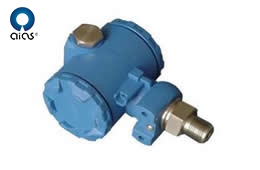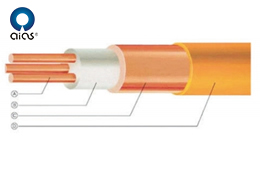In power grid renovation projects, cables, especially XLPE insulated power cables, have been widely used. However, due to the particularity of the cable, there are special requirements for the installation, operation and maintenance of the cable. Moisture or water ingress of the cable reduces the insulation resistance of the cable, which is an important aspect of causing operation accidents in the cable line.
1. Causes of moisture or water ingress of XLPE insulated power cables.
Cross-linked polyethylene insulated power cables cause moisture or moisture to enter the cable insulation during installation and operation, mainly in the following situations.
(1) The sealing of the cable end cap is not tight or the cable end cap is damaged by external force during cable transportation and laying.
(2) The cable sheath is damaged by external force during cable transportation or laying.
(3) During the cable test or operation, the cable insulation breakdown damages the cable sheath.
(4) The cable accessories (especially the intermediate joints when directly buried) are not tightly sealed. Once moisture or moisture enters the cable insulation from the end of the cable or the outer sheath of the cable, it may penetrate longitudinally from the gap shielded by the outer insulation copper wire or from the gap between the conductors, endangering the entire cable system. The damp cable will produce a "water tree" phenomenon under the action of a high electric field, which will reduce the insulation performance of the cross-linked polyethylene and lead to the breakdown of the cable insulation. Therefore, the damp cable must be dehumidified. So far, there is no standard operation method for the dehumidification treatment of damp cables, and there is no unified identification standard for the results of the dehumidification treatment. The following describes a method and steps for removing moisture from cables.
2. The principle of damp-removing treatment Use compressed gas medium at one end of the cable (usually 4 dry cases are used to analyze when our company was looking for a cable ground fault in 2004, the B phase resistance was tested with a shaker to be 0, and it was judged to be unidirectional grounding. Fault. This cable has a total length of 450m. Because it is a low-resistance fault, the low-voltage pulse mentioned above is used; the middle measurement method can directly calculate the distance between the fault point and the test end. After selecting the cable parameters, use the tester to find a problem Cable head breakdown. It only took 30 minutes from testing to finding the fault, saving repair time and reducing losses.




